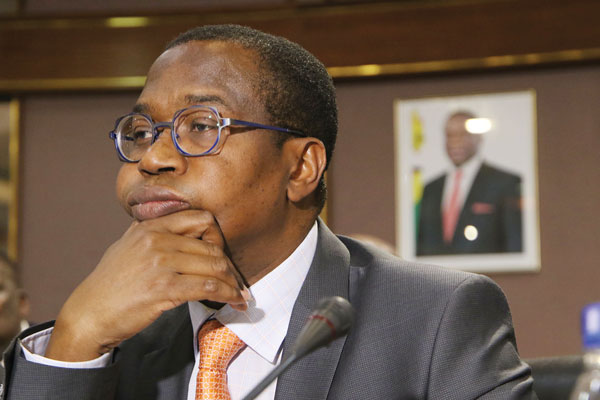
THE government’s neoliberal agenda and its target for the upper middle-income economy (UMIE) by 2030, if not handled well, might present us with many challenges that will further alienate and suffocate the poor and down-trodden.
guest column Michael Ndiweni

For the benefit of those who may not have read about it, the precursor to this agenda is the Transitional Stabilisation Programme (TSP) Reform Agenda from October 2018 – December 2020 under the theme “Towards a Prosperous and Empowered Upper Middle Income Society by 2030”.
The transitional stabilisation programme focuses on; stabilising the macro-economy and the financial sector, introducing the necessary policy and institutional reforms, to transform to a private sector-led economy, addressing infrastructure gaps and launching quick-wins to stimulate growth.
So Zimbabwe is seeking to move from what appears to be a low-income economy, which has a Gross National Income per capita of $995 or less in 2017 (Word Bank Atlas Method), to upper middle-income economy with a Gross National Income (GPI) per capita of between $3 896 and $12 055. In the world so far, there are 58 countries falling in this category.
Implications of the neo-liberal agenda
In 2017, 51% of all humanitarian funds were requested by the United Nations for crises in middle income countries (UNOCHA, 2017). Thus upper middle income economies seem to have more problems and a widening gap between the rich and poor.
- Chamisa under fire over US$120K donation
- Mavhunga puts DeMbare into Chibuku quarterfinals
- Pension funds bet on Cabora Bassa oilfields
- Councils defy govt fire tender directive
Keep Reading
For example, upper middle income countries that have wider gap between rich and poor; closer home, is the Republic of South Africa that stands out as one of the most unequal countries in the world. In 2014, the top 10% received 2/3 of national income, while the top 1% received 20% of national income (World Inequality Index 2014).
Namibia is another country that can be explored to demonstrate dangers of moving to upper middle income economy.
Outside the African continent, Brazil is another example whose income distribution has remained extremely unequal over the last 15 years, with the top 10% receiving over 55% of total income in 2015.
Based on the above, a number of questions arise, that is; Is it what we want as a country and were the citizens consulted in coming up with this economic reform agenda?
Many of the citizens heard about the upper middle-income economy agenda 2030 when Finance and Economic Development minister Mthuli Ncube was addressing potential investors in Washington DC.
Is it the best model for our economic development, are there no other pro-poor alternatives besides going the route that appears will create problems for us?
To put these questions into perspective, World Bank (2017) notes that five billion of the world’s seven billion people and 73% of the world’s poor live in middle-income countries.
In my Ndebele language, we would say under these circumstances “LLokhu yikuzidonsela amanzi ngomsele”, meaning we are inviting problems for ourselves.
The possible problems of this economic reform agenda to the poor are;
- There is a likelihood that there will be displacement of people to create space for investors, particularly those in the extractives.
- There is a likelihood of the re-introduction of modern day slavery through tax holidays and low wages.
- Exclusion of part of the population from the benefits of economic growth, no trickle-down effect as it seems to focus on gross national income per capita than social indicators and use of the genuine progress indicator.
- Corrupt tendencies on tender processes and kickbacks, particularly to those who will “facilitate” business deals for investors.
- Ridiculous taxation on ordinary citizens like the intermediary money transfer tax of two cents per dollar and sin tax, among others.
- High cost of living since many public goods will be privatised as defined by the neo- liberal agenda. Government has already given some State-owned enterprises deadline to conclude their privatisation strategies.
- Domestic debt will continue increasing and burden the future unless the country is classified under the Heavily Indebted Poor Countries (HIPC) and get special assistance from the Bretton Words institutions. In my view, as a country we;
- Need to have efficient wealth distribution and pro-poor policies.
- Need to have effective civil society to hold government to account.
- We need to have participatory planning and inclusivity of all citizens.
- We need to have strong institutions that combat corruption and government excesses.
- We need to have local resource mobilisation
- We need to have community, private, public partnerships.
- We need to revitalise trade unions.
- We need to remodel our corporate social responsibility
- Need austerity measures focusing mainly on profligate government expenditure.











